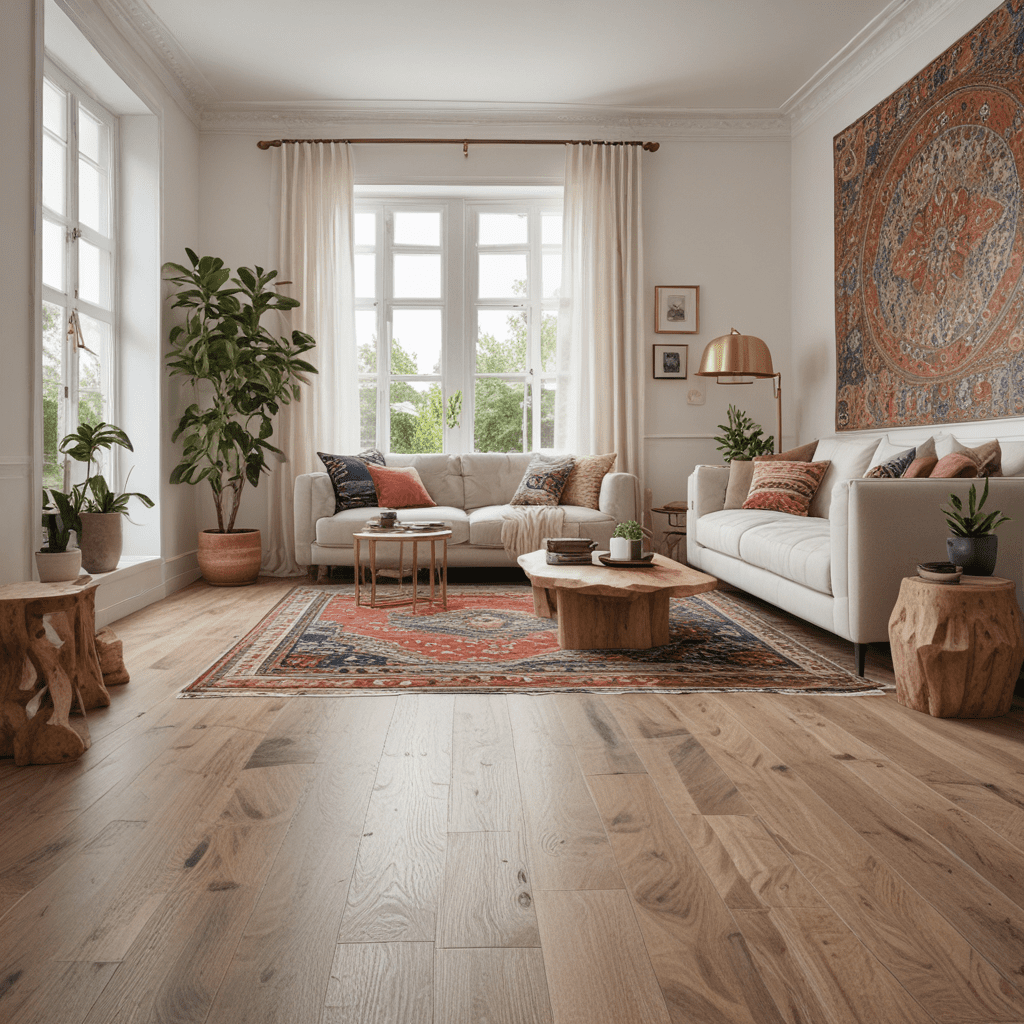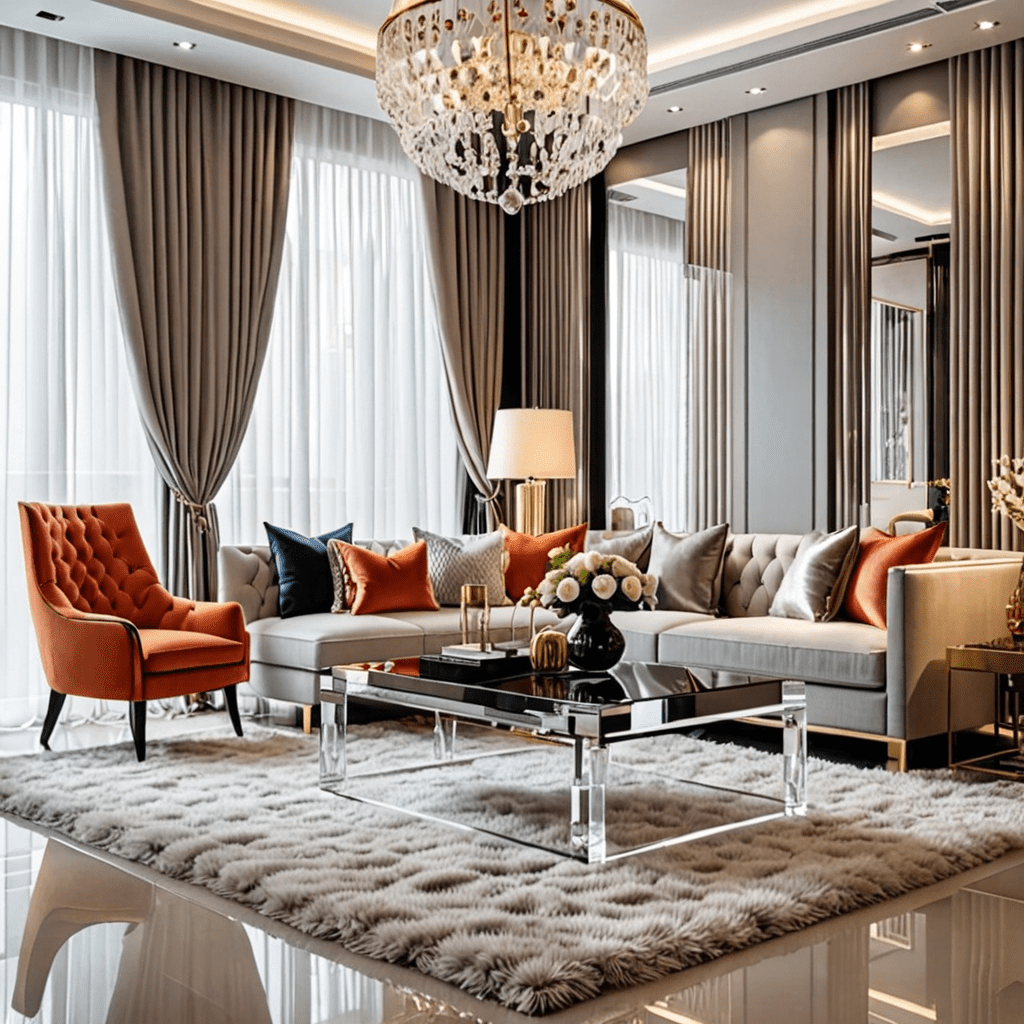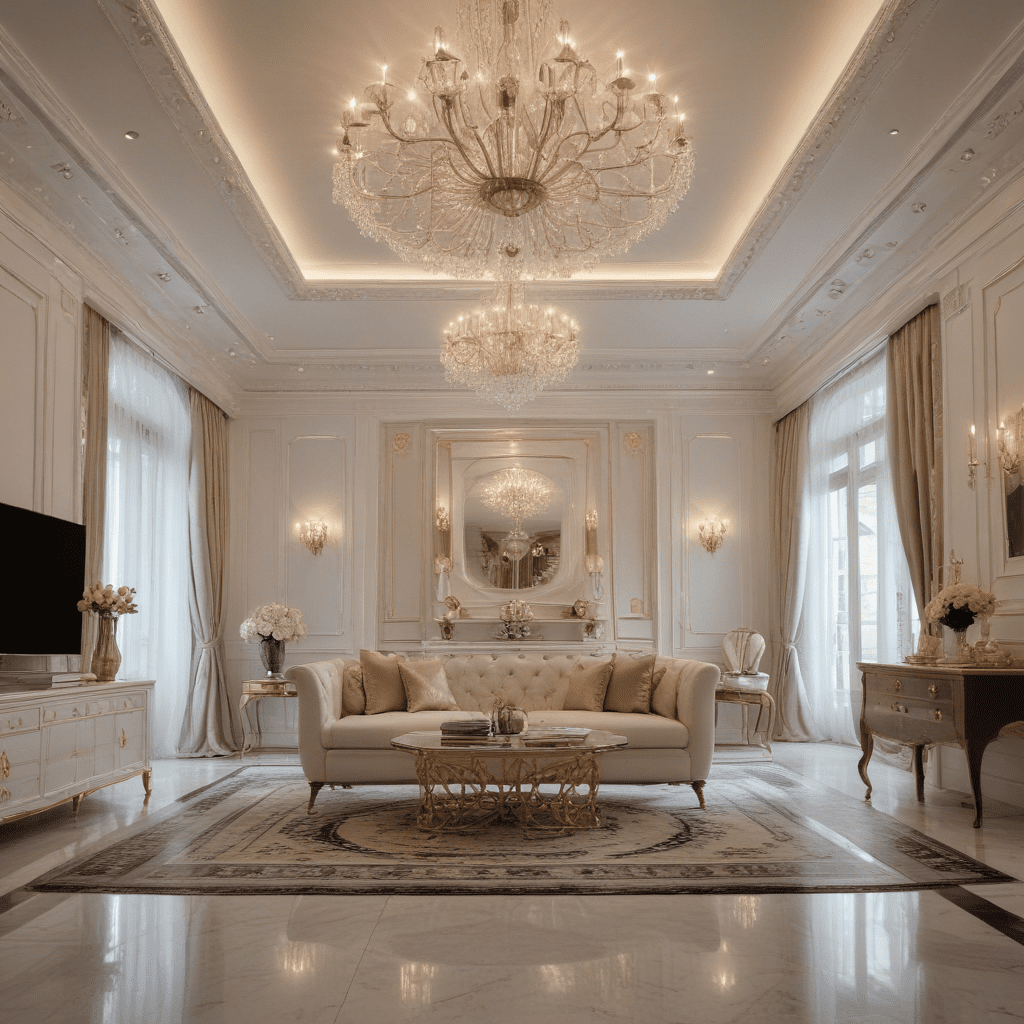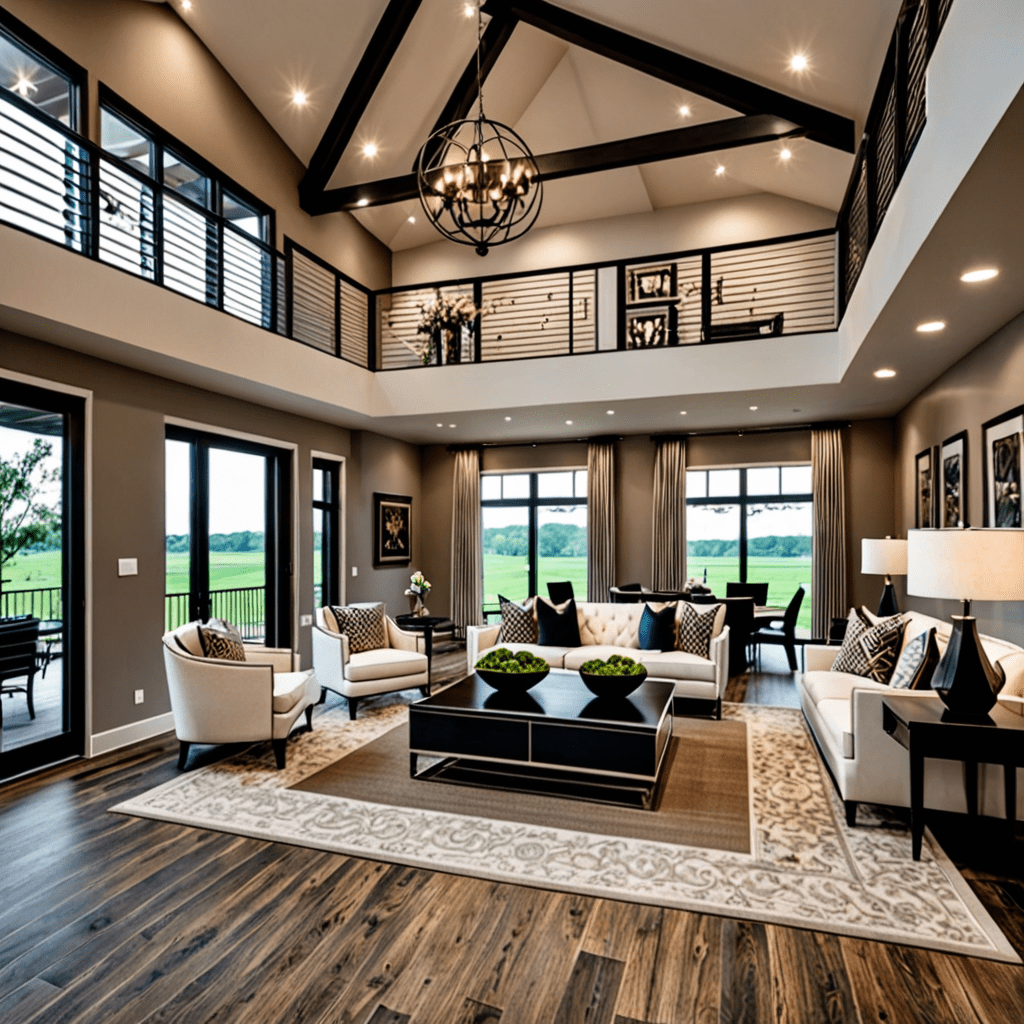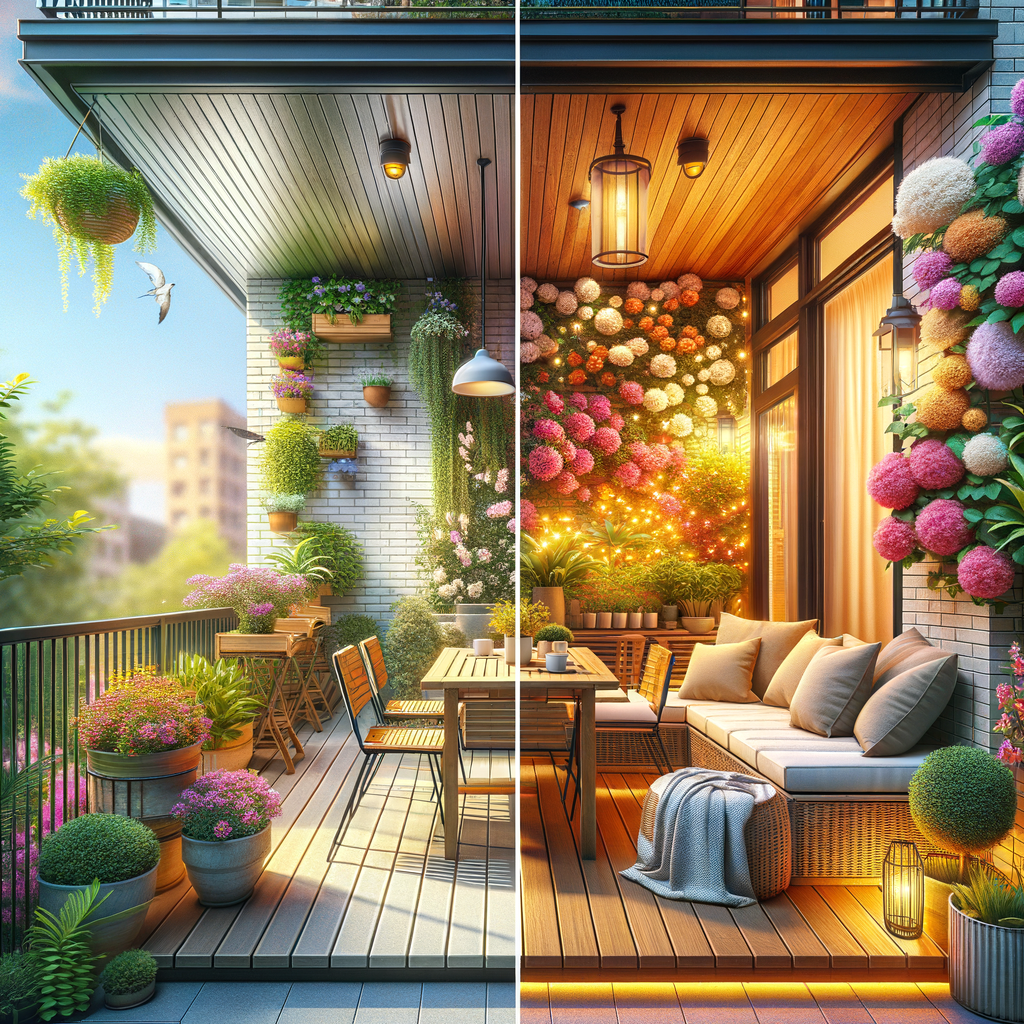Green Building Materials: 10 Eco-Friendly Options
Green Building Materials: 10 Eco-Friendly Options for Interior Design
Introduction
In today’s fast-paced world, our homes have become more than just living spaces. They are our sanctuaries, our personal retreats where we can recharge and find solace from the outside world. And one crucial aspect of creating a comfortable and aesthetically pleasing living space is interior design. The right combination of colors, furniture, lighting, and accessories can transform any room into a haven. But did you know that interior design can also support eco-friendliness and sustainability? In this article, we explore ten eco-friendly building materials that you can incorporate into your interior design, allowing you to create a beautiful space while also being kind to the environment.
Key Elements of Interior Design
To truly embrace sustainable interior design, it’s essential to understand the key elements that play a significant role in creating a harmonious and eco-friendly space. Here are three key elements to focus on:
1. Color Palettes
Choosing the right color palette is crucial in creating the desired ambience in a room. Opt for colors that are derived from natural pigments and dyes, such as earthy tones, neutrals, and muted hues. These colors not only evoke a sense of calm but also minimize the use of harsh chemicals found in synthetic paints.
2. Furniture arrangement
Effective furniture arrangement not only contributes to the functionality of a space but also ensures that the room flows seamlessly. When arranging furniture, consider natural light sources to minimize the need for artificial lighting. Additionally, opting for multifunctional furniture pieces reduces the need for excess furniture, promoting a clutter-free environment.
3. Lighting and Accessories
Strategically placed lighting can enhance the mood and atmosphere of a room while reducing energy consumption. Incorporate natural light through large windows, skylights, and light wells. When it comes to accessories, aim for sustainable materials such as reclaimed wood, natural fibers, and organic textiles to add a touch of nature to your space.
Tips for Choosing Furniture
Selecting furniture that aligns with your eco-friendly interior design goals can be a daunting task. However, with these tips, you can make informed decisions without compromising on style or comfort:
Opt for furniture made from sustainable materials such as bamboo, reclaimed wood, or FSC-certified (Forest Stewardship Council) wood. These materials are eco-friendly, as they are harvested responsibly and have low environmental impact.
Consider the size of the furniture in relation to the room. Oversized furniture can make a space feel cramped, while smaller pieces can create a sense of openness. Choose furniture that fits the scale of the room and allows for smooth movement.
Look for furniture with minimal or non-toxic finishes. Traditional finishes often contain harmful chemicals that can off-gas volatile organic compounds (VOCs). Choosing furniture with water-based or natural oil finishes is a healthier alternative.
Prioritize furniture that is durable and can withstand the test of time. Investing in quality pieces not only reduces waste but also saves money in the long run.
Incorporating Art and Decor
Art and decor play a vital role in adding personality and visual interest to a room. Here are a few ideas for incorporating eco-friendly art and decor into your interior design:
Choose artwork created using sustainable materials or techniques, such as recycled paper, natural dyes, or low-impact printing processes. Supporting local artists who prioritize sustainability is also a great way to promote eco-friendly art.
Display plants as part of your decor. Not only do they add a touch of greenery, but they also improve indoor air quality and create a calming atmosphere.
Utilize vintage or upcycled items as decor pieces. Antique furniture, repurposed crates, or salvaged architectural elements can add character and uniqueness to any space.
Incorporate textiles made from natural and sustainable fibers, such as organic cotton, hemp, or bamboo. These textiles are not only environmentally friendly but also incredibly soft and comfortable.
By consciously selecting art and decor that aligns with eco-friendly principles, you can create a space that not only looks beautiful but also supports sustainability.
Conclusion
Interior design is more than just aesthetics; it has the power to transform our living spaces into sanctuaries. By incorporating eco-friendly building materials into our interior design choices, we can create comfortable and aesthetically pleasing spaces while also being kind to the environment. From selecting sustainable furniture to incorporating eco-friendly art and decor, every decision we make can contribute to a more sustainable future. So, the next time you embark on an interior design project, consider the impact your choices can have and embrace the beauty of eco-friendly design.
